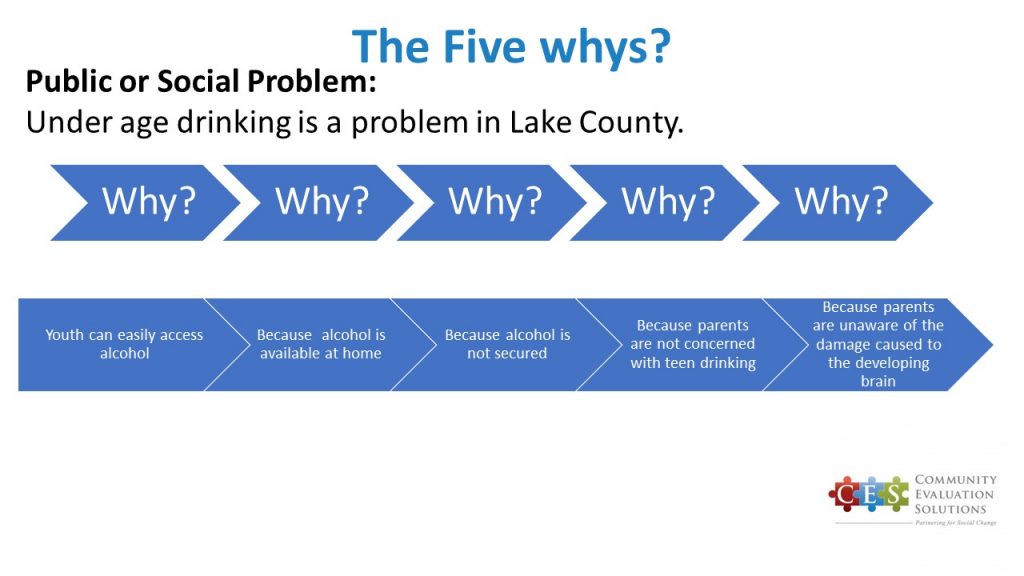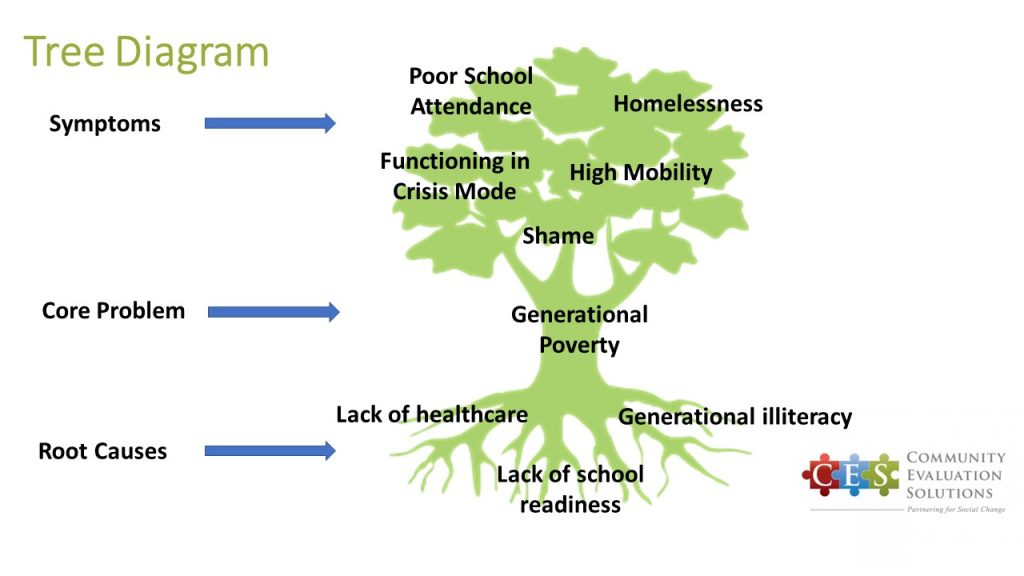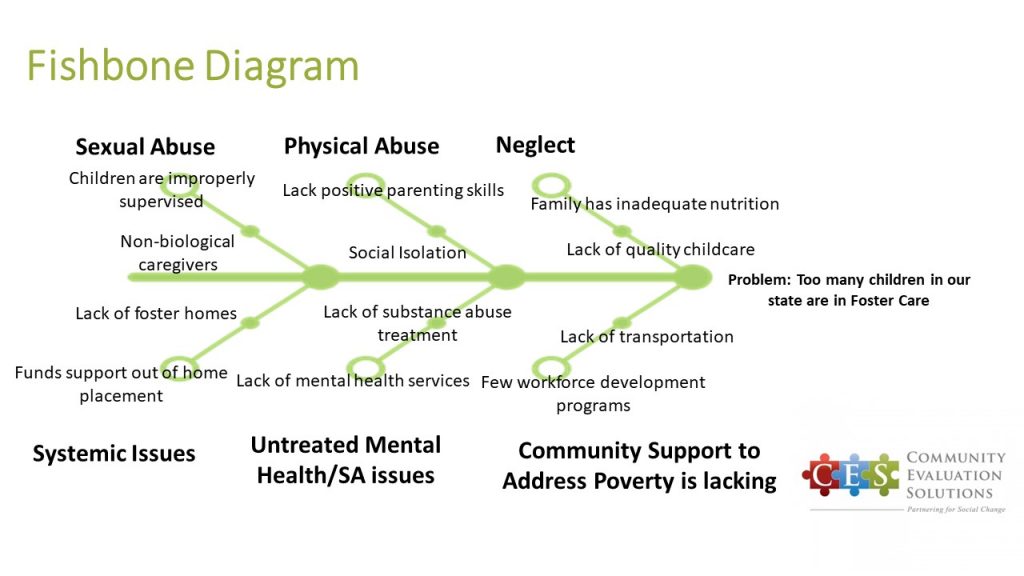This is an Eval Central archive copy, find the original at communityevaluationsolutions.com.
Have you ever planned a meeting complete with a well thought-out, organized agenda, only to toss it because your group had more important needs? That was exactly what I experienced last week.
In a call I was leading this past Friday, one of the participants, a community collaborative leader, went right to what is on a lot of minds these days, especially community collaborative and coalition leaders. He asked, how he as a community collaborative leader could respond to his community’s need to talk about the racial tension in his community?
We had a really great conversation.
One of the leaders on the call shared his pastor’s challenge to his congregation to understand the difference between remedies and solutions. Remedies are short term fixes. For example, a backpack program that sends food home to families experiencing food insecurity is a remedy. Remedies might be necessary, but they aren’t solutions because they don’t address root causes.
If we really want to make a difference, we need upstream solutions. We need to understand why people are falling in the river in the first place. In our example, why are so many families experiencing food insecurity?
In my last blog, I suggested that we all have the tendency to look at simple solutions. Usually we identify individuals as the sole cause of their problems. I spend a lot of time working with community coalitions. When I ask what change they want to see in their community, people- often default to finding fault with individuals without considering the systems that make their life harder.
Root Cause Analysis is a method that you can use to get your organization to examine root causes and these my friend, will help you identify the solutions that can lead to lasting change.
Here are 3 root cause analysis methods you might want to use with your organization. Note that the examples I use here are not extensive and are just meant to get you thinking.
The Five Whys
This technique asks the question “Why?” five times. Each time you should ask your group to think more deeply about the social problem you are focused on and drill down into it.

The Tree Diagram
The tree diagram helps you identify a problem and the symptoms of that problem, as well as the root causes. The diagram displays the structure of causes for a problem and provides insight into possible solutions.

The Fishbone Diagram
The Fishbone Diagram (aka Ishikawa Cause and Effect Diagram) helps visualize a problem (the fish head) and then drills down via categories in this cause and effect model, forming what resembles a fishbone appearance.

Take a moment and consider the social problem or public health issue your community is grappling with. What root causes affect the people you most want to serve?